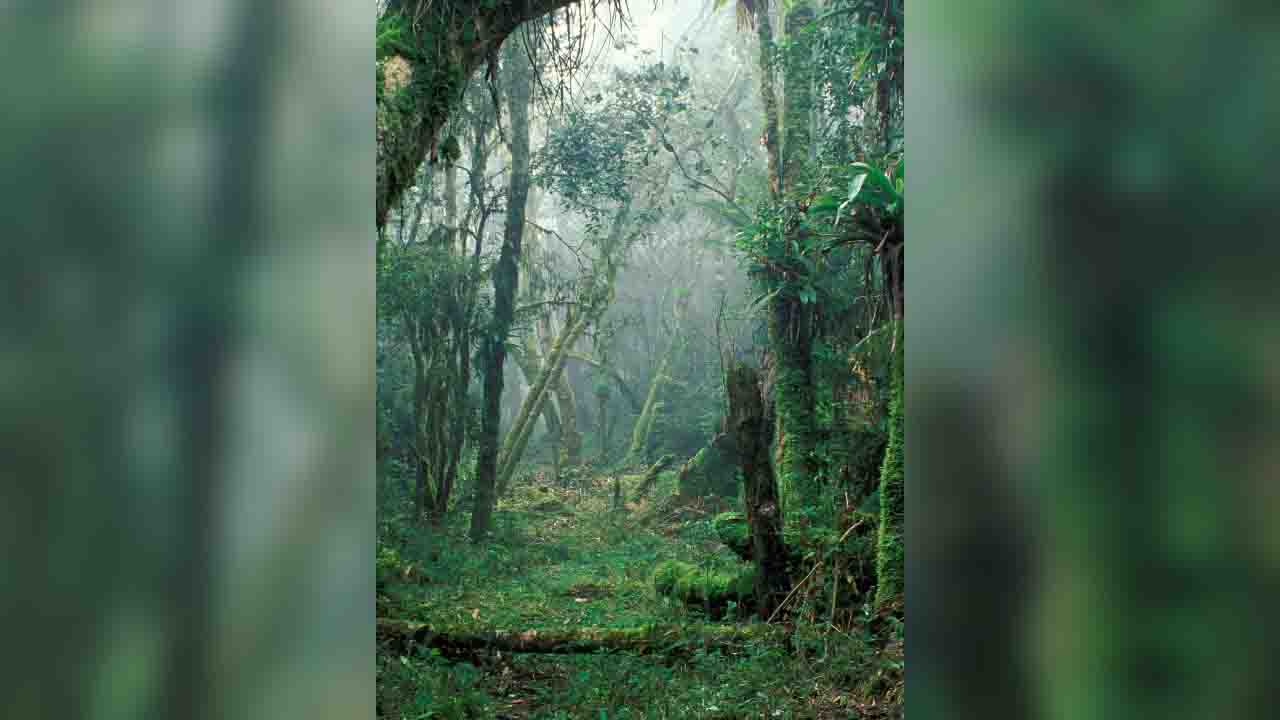Agriculture & Climate Change, UK (Commonwealth Union) – Over the years forest health has been in much focus with the clearing of large areas of forests for agricultural and industrial purposes across the world. The deterioration of forest has been in much focus as they play a crucial role in oxygen supplies and carbon absorption. Forests also provide ecosystems to multiple forms of life making its preservation essential in sustaining life.
Researchers, from the University of Cambridge, have produced an algorithm, applying computer vision techniques to precisely measure trees roughly 5 times quicker than traditional, manual methods. This provides a precise measurement of tree diameter, a significant measurement applied by scientists to monitor forest health together with levels of carbon sequestration.
The algorithm applies economical low-resolution LiDAR sensors which are available in many mobile phones, giving results that are just as accurate, however they are for more quicker, than manual measurement methods according to researchers. The findings were published in the journal Remote Sensing.
The main manual measurement utilized in forest ecology is tree diameter at chest height. These measurements are applied to make determinations regarding the health of trees together with the extended forest ecosystem, and the amount of carbon being sequestered.
Researchers indicated that even though they can depend on this method, it takes up too much time. In addition, human mistakes can bring about variations in measurements.
“When you’re trying to figure out how much carbon a forest is sequestering, these ground-based measurements are hugely valuable, but also time-consuming,” explained 1st author Amelia Holcomb from the University of Cambridge, Department of Computer Science and Technology. “We wanted to know whether we could automate this process.”
Certain aspects of forest measurement can be conducted with the utilization of costly special-purpose LiDAR sensors, however Holcomb and her colleagues wanted to find out if these measurements can be obtained with the utilization of more economical, lower-resolution sensors, of the type, utilized in certain mobile phones for augmented reality applications.
Other researchers have conducted certain forest measurement research applying this type of sensor, but this was centered around highly-managed forests in which trees are straight, evenly spaced and undergrowth is regularly dealt with. Holcomb and her colleagues sort to to test if these sensors can provide precise results for non-managed forests fast, automatically, as well as in a single image.
“We wanted to develop an algorithm that could be used in more natural forests, and that could deal with things like low-hanging branches, or trees with natural irregularities,” added Holcomb.
The researchers formed an algorithm that utilizes a smartphone LiDAR sensor for estimating a trunk diameter automatically from a single image from realistic field conditions. The algorithm was integrated with a custom-built app for an Android smartphone capable of returning results in near real time.
The formation of the algorithm, had researchers 1st gather their own dataset by making manual measurements of trees and taking pictures. The application of image processing and computer vision methods, paved the way for them to train the algorithm to differentiate trunks from bigger branches, find out the direction trees were leaning in, together with other information that could assist in refining the information regarding forests.
“I was surprised the app works as well as it does,” added Holcomb. “Sometimes I like to challenge it with a particularly crowded bit of forest, or a particularly oddly-shaped tree, and I think there’s no way it will get it right, but it does.”
Since their measurement tool does not need any specialized training and applies sensors, already integrated with a growing number of phones, the researchers indicated that it can be a precise economical tool for forest measurement, even with difficult forest conditions.











